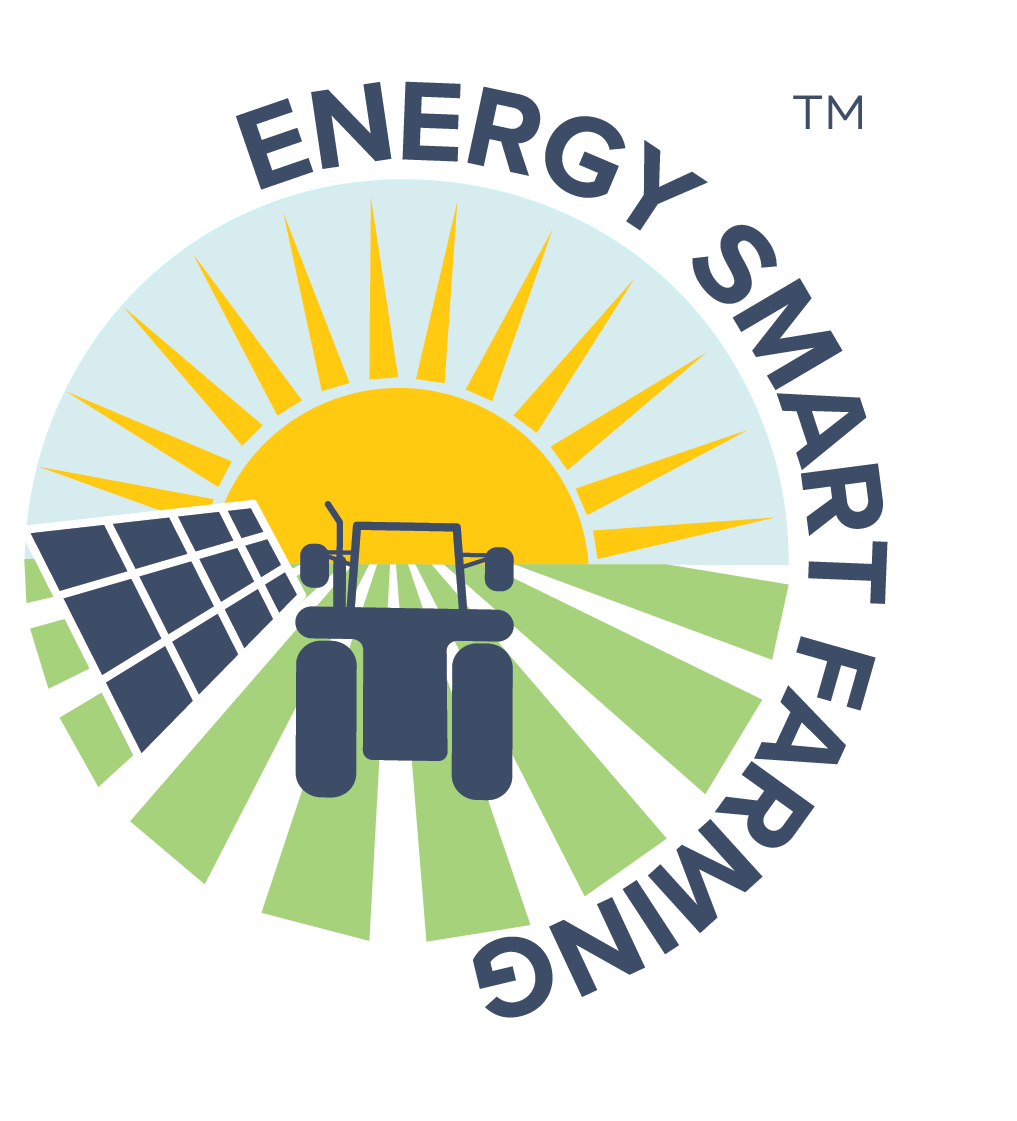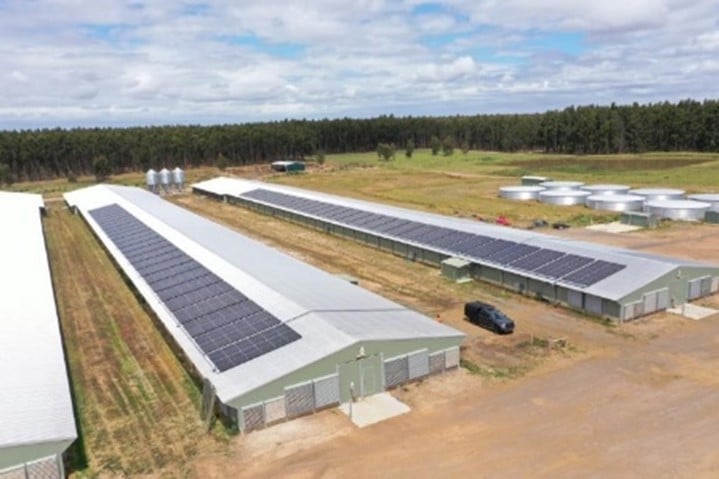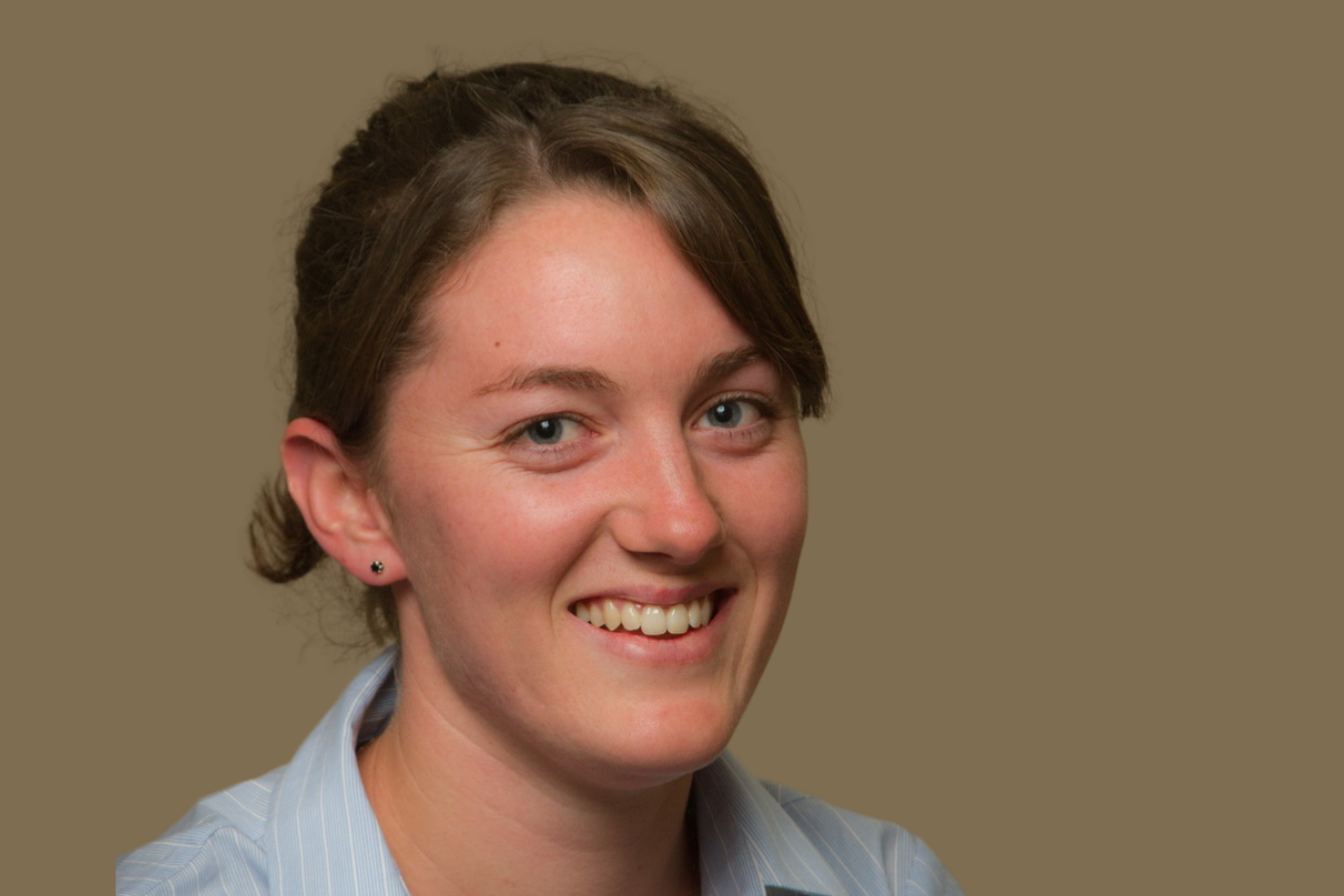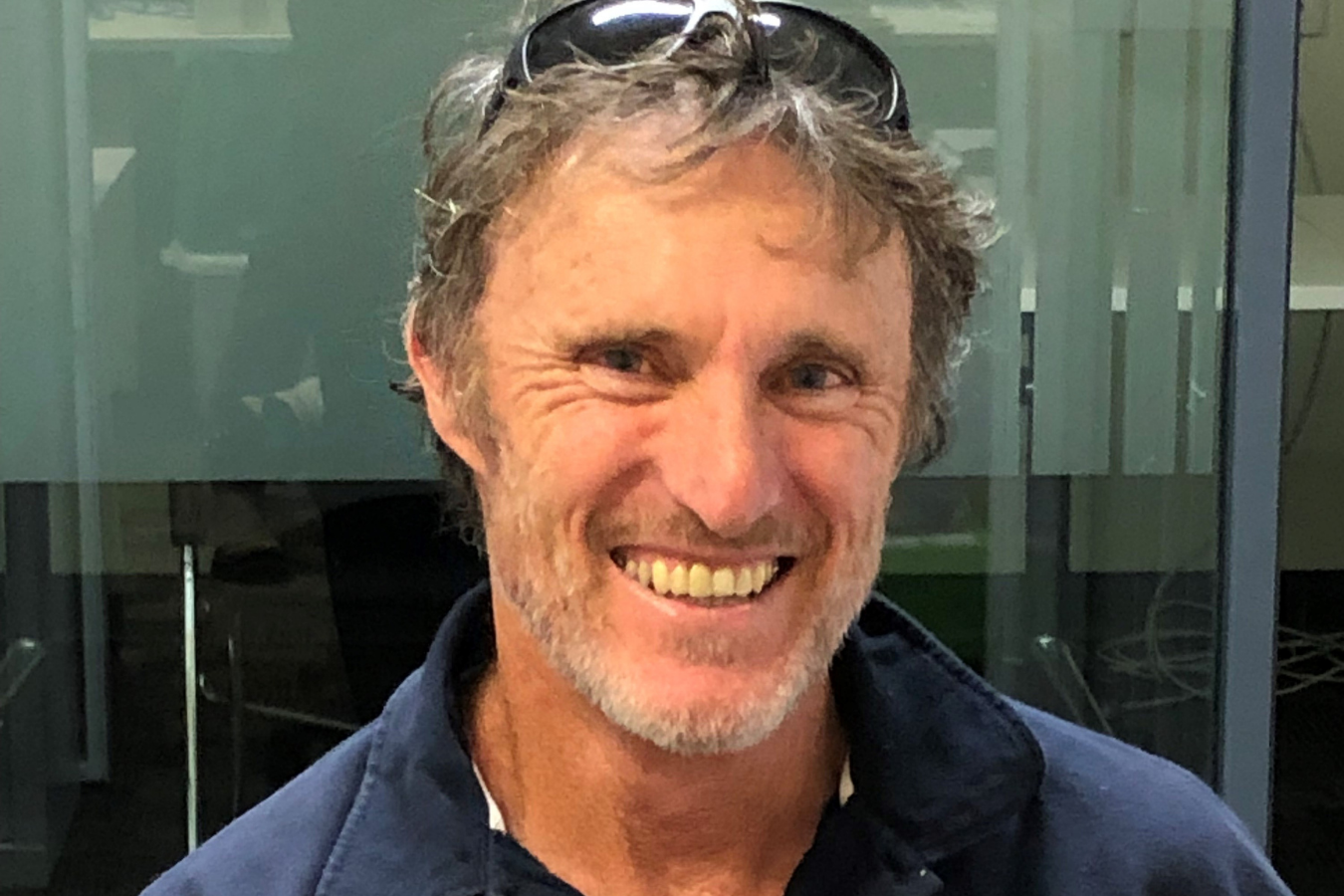Transcript: Victorian Energy Upgrades Program – Spring Hill Poultry
By participating in the Victorian Energy Upgrades (VEU) Program, Spring Hill poultry is expected to recoup 40-50% of the cost of installing the large solar PV system, which could halve the project payback period for the farm, depending on the market value of VEECs when sold.
Spring Hill Poultry installed rooftop solar PV, offsetting 77% of the farm’s electricity consumption from the grid. Through the VEU program they expect to recoup approximately 40-50% of the project’s upfront costs.
Company: Spring Hill Poultry
Location: Trewalla, VIC
Industry: Poultry
Description: Installation of 247.5 kW rooftop solar PV
Project costs: $400,000 (approx.)
Completed: 2021
BUSINESS SUMMARY
Spring Hill is a broiler poultry operation supplying poultry processor Turosi. The farm comprises eight sheds, each with a capacity of 50,000 birds hosting a total of close to 400,000 birds per batch with an average of 5.5 batches per year.
PROJECT SUMMARY
Spring Hill Poultry installed 247.5 kW of solar PV to serve the poultry sheds and bore pump, along with a Power Factor Correction (PFC) unit. Participation in the VEU program is predicted to produce over 3,000 VEECs[1]. VEECs are then sold to recoup project costs.
Key outcomes from solar PV installation:
- 342 MWh of grid electricity saved annually, representing a 77% reduction in annual grid electricity consumption.
- Close to 300 tCO2-e[2] saved annually (estimate based on VEU grid emission factor at the time of project implementation)
- Over $75,000 reduction in annual electricity costs.
- $150,000-$200,000 from the one-off sale of VEECs.
Other project benefits
On particularly hot days when the growing sheds are full, the power consumption from the fans and cooling systems can be very high. On these days, the solar system should reduce the peak loads during the hottest period of the day and reduce the electrical strain on the local network.
HOW THE PROCESS WORKS
Opportunity identification and implementation
An onsite energy assessment was conducted by an independent energy expert. The assessment identified opportunities for Spring Hill Poultry to reduce energy consumption. These included opportunities relating to lighting, the large ventilation fans, and the gas heating systems, as well as installing solar PV on the broiler sheds, using the ample unshaded roof space available.
“Having done an energy assessment through Ag Victoria, they prompted us towards the VEU program, and an Accredited Person (AP) reached out to us and went through the process. The VEU program is a program put in place to help recoup costs of either energy efficiency or energy generation projects, and that’s been terrific for us to be able to save some money and reduce our carbon footprint along the way.” – Frank, Spring Hill Poultry Owner
Measurement and verification (M&V)
The Accredited Person (AP)
To participate in the VEU program, an AP is engaged by the farmer, typically for no upfront cost[3]. The AP guides the farmer through the process, based on data provided by the farmer and calculating the energy savings required to produce VEECs.
M&V plan
To enable the eventual production of VEECs, a measurement and verification (M&V) process is used to calculate the energy savings associated with the project’s implementation.
First, the farm’s typical energy consumption patterns under business-as-usual operation must be determined, which is called the baseline energy consumption of the farm. The AP requests various data records of variables that impact on-farm energy consumption. In Spring Hill Poultry’s case, chicken production data and electrical interval[4] data over the most recent year was requested, and the AP sourced the relevant weather data for the same period. The production data and weather data were determined to be the most significant independent variables impacting the farm’s electrical energy consumption.
From this data a satisfactory baseline was developed such that the M&V method could be utilised, and the AP applied for pre-approval to participate in the VEU program by submitting a scoping plan.
Key considerations
Being able to provide good quality, validated data will maximise the number of VEECs you can generate using the M&V method under the VEU program. Working with the AP may require anywhere from 5-15 hours of your time as the AP carefully guides you through the VEU’s paperwork and submission requirements, however, the time invested can produce significant financial returns.
“The APs role is to help the company comply with the program guidelines and help them through the process to certificate creation.” –Tomas Clarke, Accredited Person
For some projects it might be necessary to install sub-metering to measure energy consumption before and after project implementation, however for this project site-level data was appropriate.
It is critical that the AP develops the farm’s baseline energy consumption and has their M&V Plan approved by the Essential Services Commission (ESC[5]) before picking up any tools or purchasing any equipment. If project works commence before approval to participate in the VEU program, the project is automatically ineligible.
CHALLENGES AND LESSONS LEARNT
Involving the AP in the process as early as possible ensures they can explain the process for participating in the VEU program and let you know what is needed along the way. One of the challenges for this project was determining which variables had the biggest impact on energy consumption on-farm. The AP developed a tailored energy model that explained the unique energy consumption patterns associated with a broiler poultry farm. Grow cycles mean that conditions need to continuously change to provide specific conditions for the birds, all while weather conditions change seasonally and day-to-day. There were some minor issues developing the model, however through regular communication with the AP, a suitable energy model and energy baseline was determined, allowing the project to generate VEECs.
[1] VEECs are sold by an Accredited Person on behalf of the farmer to recoup some of the costs of the project.
[2] tonnes of carbon dioxide equivalent.
[3] Similar to other brokerage services, APs often do not require up-front payment, and instead take a pre-determined portion of the VEEC sale price. However, APs can also offer different commercial arrangements.
[4] Electrical interval data can be requested from your retailer or your local network provider, and the AP can guide you through this process.
[5] The ESC decides whether or not a project is eligible to participate in the VEU program, and APs deal directly with the ESC on behalf of the farmer.
MORE INFORMATION
How does the VEU program work? https://extensionaus.com.au/energysmartfarming/veu-process/
List of APs: https://www.veu-registry.vic.gov.au/Public/Participants2.aspx
Agriculture Victoria website:https://agriculture.vic.gov.au/farm-management/energy-on-farm
VEU Website: https://www.esc.vic.gov.au/victorian-energy-upgrades-program




